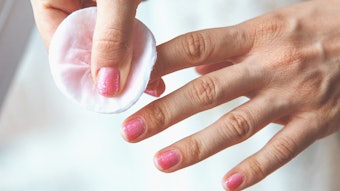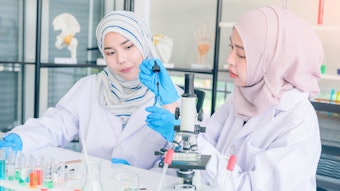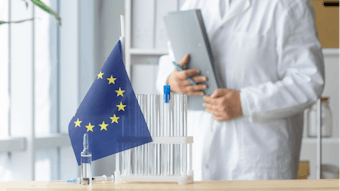This column is the second in a two-part series on importing cosmetics into Japan. The first part appeared in August 2013 and provided the Japanese Ministry of Health, Labour and Welfare (MHLW) definitions for cosmetics, outlined Japanese regulations and summarized requirements for distributors and manufacturers selling in Japan. Here, the latter is explored in more depth. In addition, sunscreen regulations are given a closer look.
License Application
In Japan, primary distributors are responsible for the sale, rental or lending of manufactured or imported cosmetics. Under the Pharmaceutical Affairs Act, primary distributors are also responsible to assure post-marketing product quality with appropriate actions for safety management. Import regulations and procedures require primary distributors to file a license application with the competent prefectural pharmaceutical affairs division. This division has jurisdiction over the business office served by the marketing supervisor-general appointed to conform to the standards of Good Quality Practice and Good Vigilance Practice. The license is renewable every five years; it does not cover companies that manufacture cosmetics for other companies.
After obtaining a business code number in advance, applicants must include with their submission: a copy of the corporate registration if they are a corporation; a list of duty specifications; a medical certificate specifying the applicant; documents certifying the qualifications of the marketing supervisor-general; an employment contract; documents disclosing the quality management and post-marketing safety management systems; and a floor plan of the business office and storage facility. In the case of a license classified for packaging, labeling and storage only, the cosmetic manufacturer must provide an outline of the physical facility, a floor plan of the manufacturing facility, the employment contract accompanied by documents certifying the qualifications of the responsible engineer and a copy of the contract with a testing laboratory used.
License Notifications
Upon obtaining a primary distributor’s license, the distributor must file several notifications. First, the cosmetic manufacturer’s or importer’s brand name must be submitted to the Pharmaceutical and Medical Devices Agency. Next, a notification for the primary distribution of cosmetics must be sent to the same prefecture that granted the license. Finally, import notification of cosmetics for primary distribution must be given to the Kanto-Shinetsu or Kinki Regional Bureaus of Health and Welfare prior to initiating product importation. These notifications must either be accompanied by an ingredient listing from the importer’s supplier or manufacturer, or a record of the testing and inspection results confirming the product does not contain any prohibited ingredient combinations.
Importation Management
Primary distributors are required to properly evaluate their production management and quality control of cosmetics to be distributed. They also must decide whether to ship products to the intended market by lot with prepared quality standard records referencing where shipments are made. Such records must be retained for at least five years.
Additionally, primary distributors of cosmetics must establish systems that are capable of providing and retaining accurate information in response to consumer inquiries along with a monitoring system that handles customer complaints over product quality and product recalls. Furthermore, if the primary distributor becomes aware of a research finding or adverse effect indicating that any of the cosmetic product imports may have a harmful effect, the primary distributor must report that fact to the MHLW within 30 days.
Requirements for Sunscreens
On a separate note, in Japan, sunscreens are classified as functional cosmetics and do not require registration. They do, however, require “notification” of their formulations, ingredients, use levels and functionalities, in addition to stability testing and a certificate showing no animal-derived materials were used. Product evaluations should be based on ISO 24442 in vivo testing and labeling. Also, an SPF of 50+, corresponding to PA++++, is the maximum level allowed on the label the additional Fair Trade Commission advisory to re-apply the product every two to three hours after wiping the skin with a towel.










